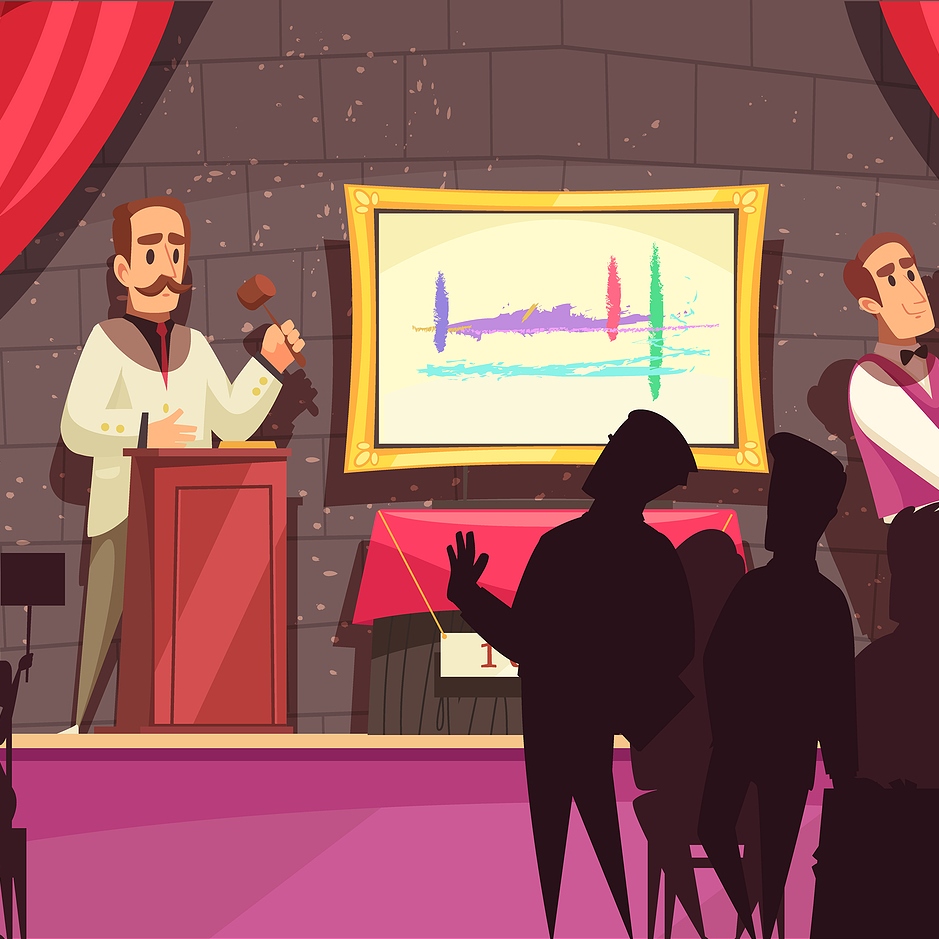The art industry and landscape are sensitive to many factors of influence, including the private collector community. Who are private art collectors, and how do they shape and change contemporary art? Here is an introduction to the power of private collectors and their scope of influence in the national and global art arenas.
Who Are Private Art Collectors?
Let’s start by defining what we mean when talking about private collectors. In the broad understanding of this concept, a private art collector is an individual wishing to have a contemporary collection of artworks in their home or office. It can also be an art enthusiast with a well-defined goal and scope of creating a private art collection (e.g., a collection of abstract impressionist works, Indigenous Caribbean art pieces, or works by Latin American artists). You can also regard an art investor as a private collector if the person follows a rigorous investment strategy for carefully selected art objects and artists.
How Do They Affect the Art Market?
Private collectors influence the contemporary art market in a variety of ways:
- The buying power of private collectors is often higher than that of public institutions (e.g., national museums). Besides, their decision-making is faster and more flexible because of the lack of need to negotiate the deal and go through the red tape.
- Private collectors’ interest in particular artists and techniques drives prices up due to the scarcity of art in the market. These changes affect similar and related artworks as well, as they may appreciate in price without the artist’s extensive marketing or promotion efforts.
- Private stakeholders may also shape entire artistic movements, as their purchases make some works more desirable.
- Private collectors may restrict public access to certain rare and unique artworks by outbidding the museums’ prices and isolating those works in their private museums accessible only to the chosen friends and relatives.
The Scope of Private Collectors’ Outreach
As you can see, private art collectors possess significant financial power, at a minimum, and also affect art institutions and public access by means of competing for iconic artworks with the world’s renowned museums. Therefore, they can be said to produce an impact on art at the national and global levels by means of changing art accessibility and shaping art trends through monetary appreciation of specific styles and methods.
With these insights in mind, one should never discount the role of private capital and influence in the contemporary art industry. By watching what private collectors buy, you may trace the evolution of demand in the art market and predict its foreseeable future.
